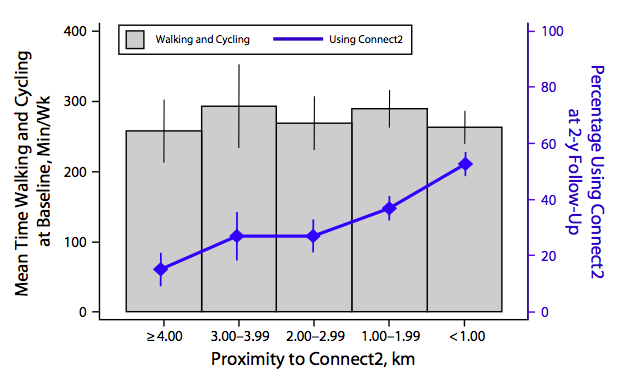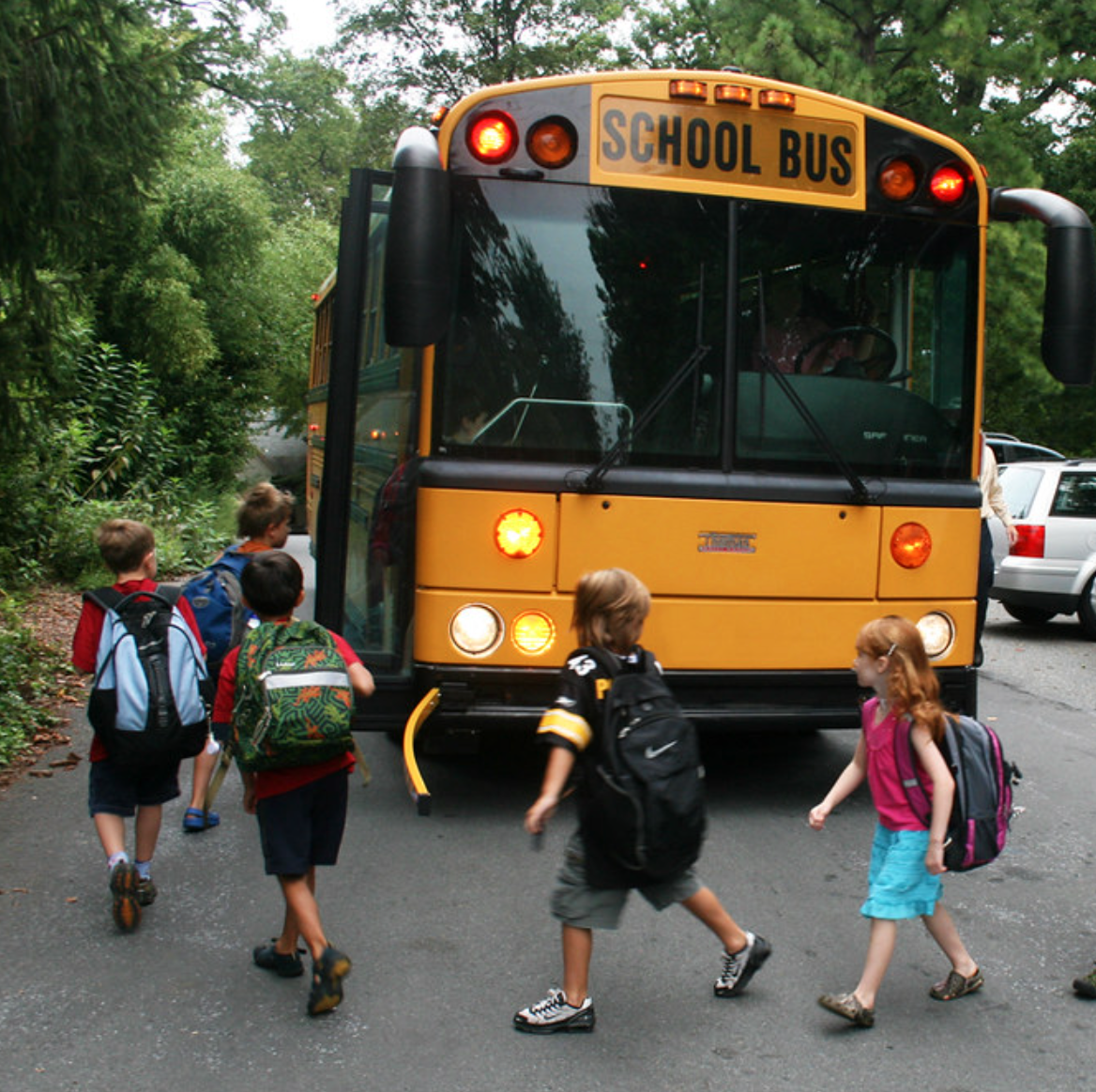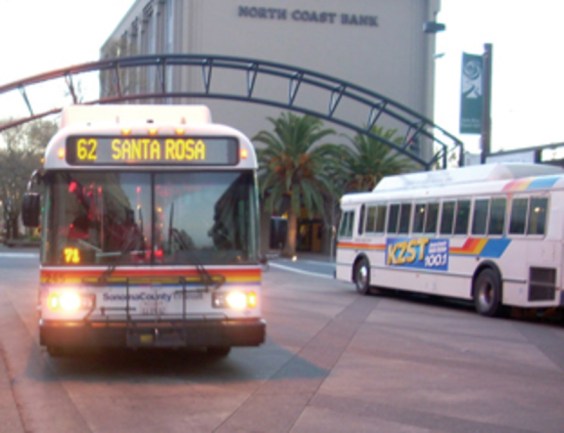
People who live near safe, high-quality biking and walking infrastructure tend to get more exercise than people who don't, according to a study published last week in the American Journal of Public Health.
Researchers surveyed randomly selected adults before and after new bike/ped infrastructure was built in three communities in the U.K. Two of the selected communities opened bike and pedestrian bridges with well-connected "feeder" infrastructure. The other community upgraded "an informal riverside footpath" into a boardwalk during the study period.
Over two years, about 1,500 people responded to annual surveys about their walking and biking habits as well as other exercise behavior. During the first year of the survey -- before the bike/ped improvements had been completed -- there was no difference in biking and walking levels between people living close to the project areas and people living farther away. But by the final survey year, after the new infrastructure had been built, a disparity began to emerge.
Researchers found that people living within 0.6 miles of a protected bikeway got about 45 minutes more exercise biking and walking per week than people living 2.5 miles away. For every kilometer (0.6 miles) closer respondents lived to the infrastructure improvement, they exercised roughly 15 minutes more per week. People without access to a car were most likely to exercise more in response to the infrastructure improvements.
The full extent of the increase was driven by a small group of people who increased their exercise significantly following the improvements. But even after researchers removed the big outliers -- people who increased their exercise dramatically -- there was still a difference of 27 minutes per week between people living 0.6 miles away and people living 2.5 miles away.
Importantly, researchers found there was no corresponding decrease in other types of physical activity -- meaning access to biking and walking infrastructure helped increase overall physical activity levels for nearby residents.
The study's lead author, Dr. Anne Goodman of the University of Cambridge, said that this type of infrastructure could be a key to the fight against obesity and diabetes.
"These findings support the case for changing the environment to promote physical activity by making walking and cycling safer, more convenient and more attractive," she said in a statement.





